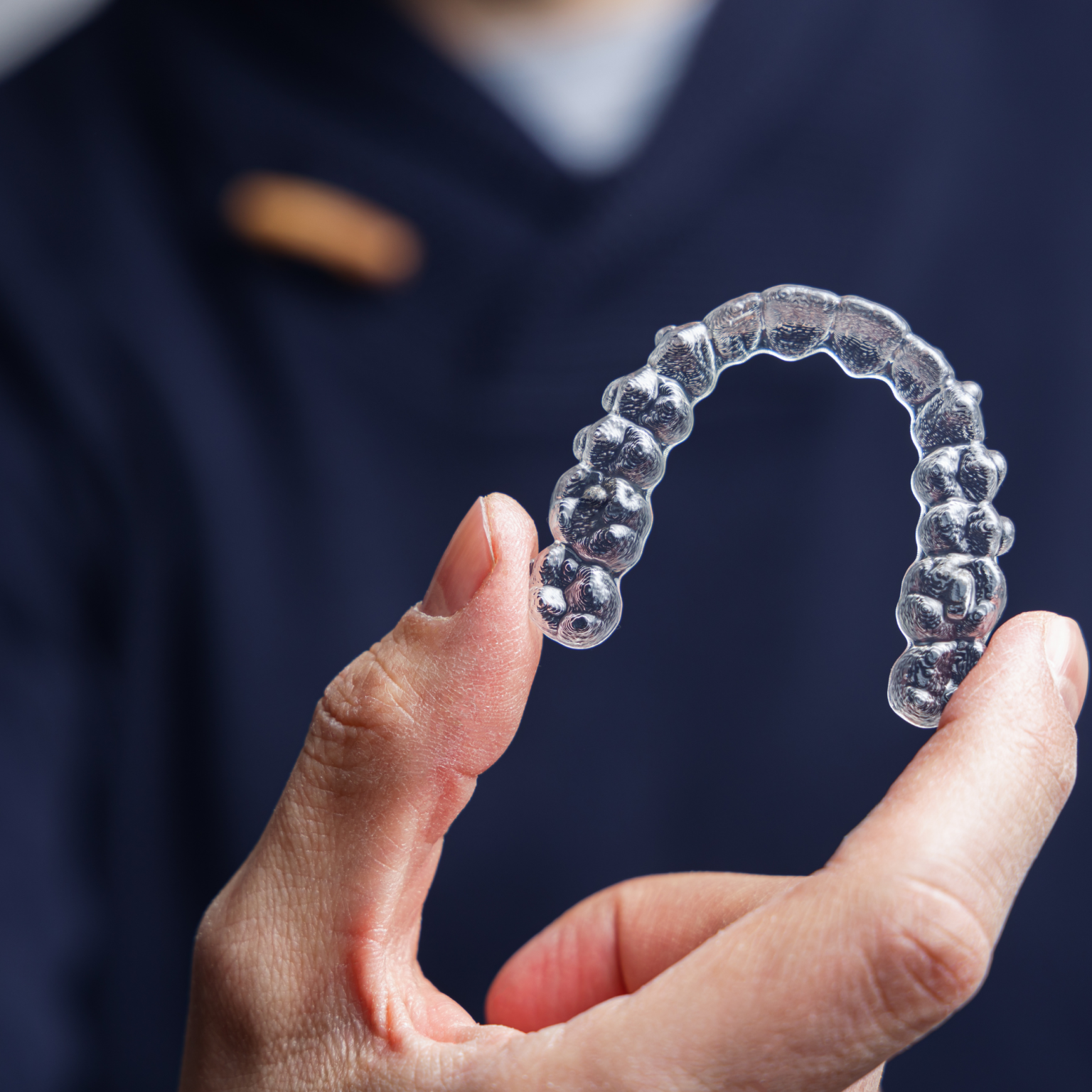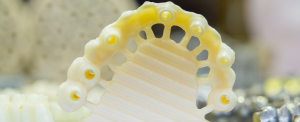In recent years, technological advancements have revolutionized the field of orthodontics, offering more comfortable and aesthetic options for correcting dental alignment. One of the most notable developments is the use of invisible dental aligners, an alternative to traditional metal braces. These transparent and removable devices have become a popular choice for those who wish to discreetly improve their smile. In this article, we will explore what invisible dental aligners are and how they are changing the landscape of orthodontics.
What are invisible dental aligners?
Invisible dental aligners are devices designed to correct dental malocclusions such as crowding, irregular spacing of teeth, or incorrect bite. Unlike the traditional method, which uses wires and brackets attached to the teeth, invisible aligners consist of a series of transparent and customized plastic trays.
Each tray, or aligner, is specifically manufactured for each patient using 3D scanning technology and software. Using computer-aided design (CAD), which utilizes the information to create a virtual dental restoration, the dentist or dental technician can make modifications to achieve the desired shape, size, and appearance. Once the design is completed, it is sent to a 3D printer that utilizes computer-aided manufacturing (CAM) software to produce the physical dental restoration.
These aligners are made from a transparent and durable material, such as polyurethane or ethylene vinyl acetate (EVA) polymer. The patient is required to wear each aligner for a specified period, typically around two weeks, before progressing to the next one in the series.

Advantages of invisible dental aligners:
- Aesthetics: One of the main advantages is their discretion. Being transparent, they go unnoticed while being worn. This is particularly appealing to those who wish to correct their smile without drawing attention.
- Comfort: They are removable, which means they can be taken out for eating, brushing teeth, or special occasions. This feature allows for proper oral hygiene maintenance and unrestricted enjoyment of food during the treatment.
- Predictability: Before initiating the treatment with invisible aligners, scanning technology and specialized software are used to plan the dental movement. This allows the patient to visualize the final result they will achieve.
- Less discomfort and pain: Although slight discomfort may be experienced in the initial days, overall, invisible aligners are less bothersome and painful compared to metal braces. The smooth edges and customized fit help reduce irritation and mouth sores.
- Treatment versatility: They can address a wide range of issues, such as crowding, irregular spacing of teeth, and incorrect bite. Moreover, some providers of invisible aligners offer specialized options for more complex cases, such as correcting deep bite or crossbite.
Take the step as a dentist
Motivations can be varied, such as learning new techniques, treating more patients in less time, diversifying your treatments, or gradually transitioning from analog to digital to attract new people to your practice.
Do you need advice or a partner to carry out your dental project? Count on us. Check out our services here.



